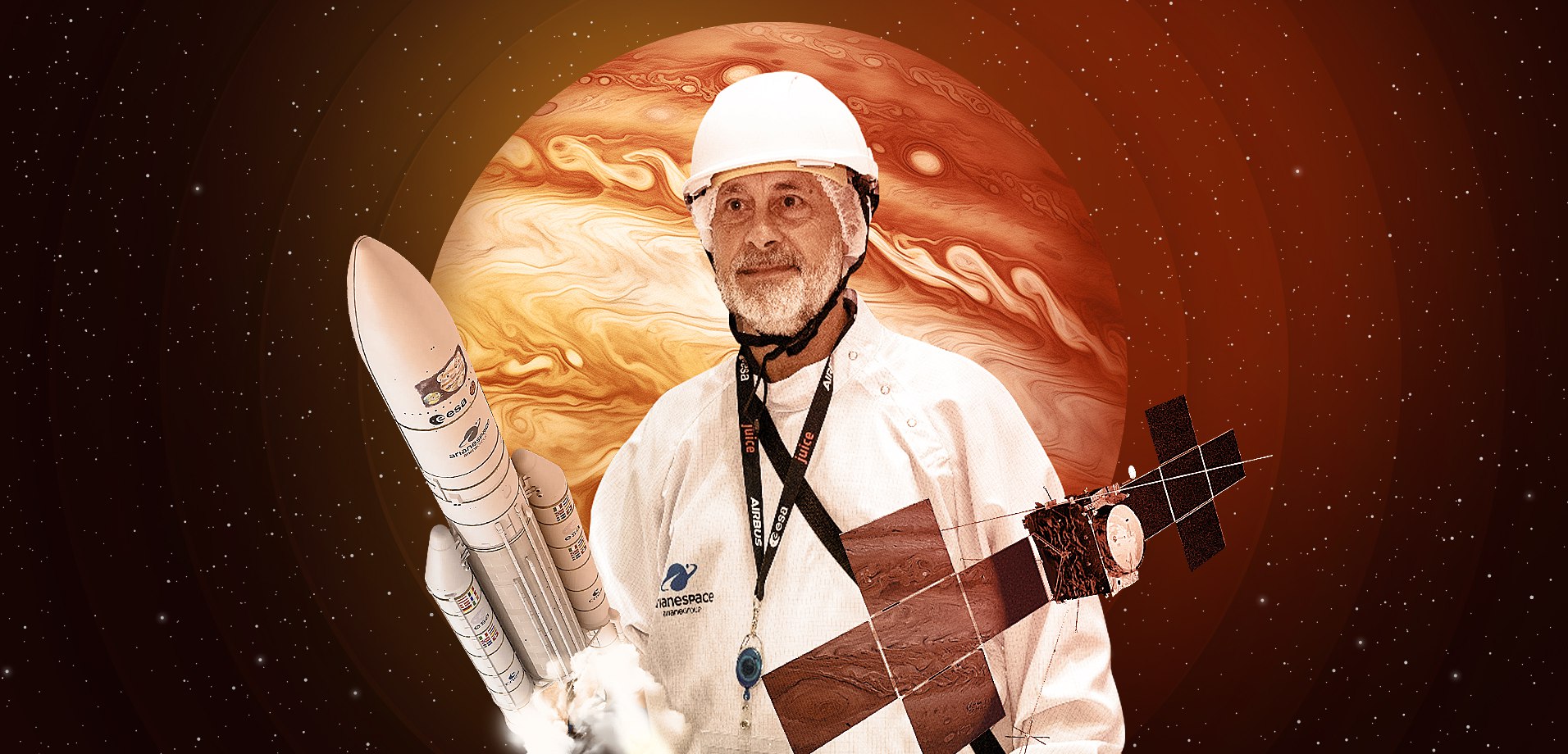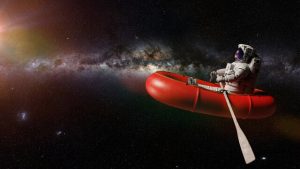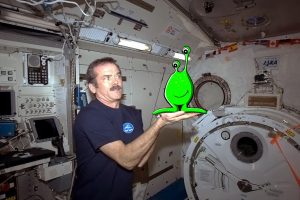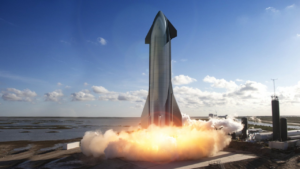Exclusive! JUICE Mission PM, Giuseppe Sarri, on what makes the project amazing! Part 1
19th Feb 2024
Editor’s note: Orbital Today would like to extend its heartfelt thanks to Giuseppe Sarri for sharing with us his view on the JUICE project and the standout features that make this Jovian explorer so amazing. He’s given us so much on the project that we’ve put it into two parts to make it easier to digest. Part 1 looks mostly at the mission’s goals, and Part 2 peeks under the hood at the systems that make it all happen.
Without further ado, Guiseppe Sarri and the JUICE spacecraft:
The JUICE spacecraft is on its voyage to Jupiter
JUICE, the JUpiter ICy moons Explorer, is the first European mission to study Jupiter and its icy Moons. This impressive big spacecraft was launched on 14th April 2023 from the European Spaceport in French Guyana by an Ariane 5 launcher. The spacecraft was built by a large industrial consortium (106 companies) led by Airbus Defence & Space and under the overall program management of the European Space Agency (ESA).
The mission, which is part of the ESA Cosmic Vision 2015–2025 program, has two ambitious goals: understanding how the solar system works and exploring potentially habitable worlds. Investigating the Jovian system as a miniature solar system with its moons and rings will cast new light on the formation evolution and stability of planetary systems and what makes the climate at Jupiter so different, so exotic and extreme, compared to our own.
Moreover, and more exciting, JUICE will also study the conditions that may have led to the emergence of habitable environments among the Jovian icy satellites (habitable environments are defined as planetary bodies that could support, or might have had supported, organic life). For this it will focus on the three icy Galilean moons Ganymede, Europa, and Callisto. The reason for this choice is that they are believed to be harbouring vast internal oceans: each of the icy moons may contain more water than all the oceans on Earth. Identifying liquid water is crucial in the search for habitable worlds beyond Earth and to discover life as we know it.
JUICE will especially focus on Ganymede, the largest moon in our solar system. With its 100 km thick saltwater ocean (10 times deeper than Earth’s oceans) buried under a shell of mostly ice, Ganymede provides a natural laboratory to understand the potential habitability of icy and water worlds. Ganymede is also the only moon known to have its own magnetic field (in general having a magnetic field is a rare feature in our solar system, Earth and Mercury are the only other bodies with a magnetic field in our solar system) which plays a fundamental role in protecting the moon’s surface from radiation. It is important to point out that JUICE itself will not look for direct signs of life. It will however focus on understanding if the environmental conditions of the moons are suitable to support life.
Getting to Jupiter
JUICE is the largest spacecraft that ESA has ever sent into the outer solar system. It had a mass at launch of about 6 tons. This is because going to Jupiter and achieving the final orbits, around Jupiter first and Ganymede at the end of the mission, requires a very large amount of propellant: 3.6 tons. It will take eight years to reach Jupiter; the insertion in the Jupiter orbit is planned in July 2031. This long journey is required due to the high launch mass of the spacecraft and because, even the most powerful version of the Ariane 5 could not provide a direct injection to Jupiter. Therefore, the spacecraft will use a sequence of gravity assist manoeuvres, where the planet’s gravity pulls on the spacecraft, changes its orbit and increase its speed.
The mission foresees four gravity assists of the inner planets: our Moon and Earth, Venus, Earth and again Earth. The profile of the mission, i.e. the number of gravity assists and around which planet, is not unique, but it depends on the relevant position of the planets and accordingly fixes the duration of the voyage. For a trip to Jupiter and considering the performance of the launcher, the optimum combination is achieved launching within a limited time window (around 1 month) which happens, each year, twice per year. The best shot would have been to launch in June 2022; this would have required one more fly-by (Mars) but it would have shortened the duration of the cruise of 7.5 years. The launch in April 2023 increased the cruise duration to a little bit more than 8 years but was compatible with the development schedule of the spacecraft. The second opportunity in 2023 would have been in August.
For the Juice mission there were therefore two different mission profiles per year, and it was very important, and clear to the development team, that the stability of the launch date was paramount to avoid the repetition of long and costly mission analyses. Achieving the desired mission profile also requires a few inflight kicks obtained by burning a certain amount of propellant with the main engine: these are called Deep Space Manoeuvres, and they must be very precise in time, duration of the burn and direction of the thrust. The first one took place on 17th November starting at 15:13 universal time and lasted 44 minutes, the speed increase of the spacecraft (delta-V in jargon) was 197 m/s and the amount of propellant burn was 360 kg, i.e. 10% of the total available propellant. The subsequent orbit determination estimated a manoeuvre magnitude error of 0.03%, which corresponds to 6 cm/s and is extremely accurate; a direction error of 0.16 degrees could be measured with respect to the desired direction. After a more precise orbit determination, to correct the residual errors, a small manoeuvre of around 10 m/s was performed on 1st December. The Deep Space Manoeuvre allowed the spacecraft to remain on course to meet Earth for the first fly-by in August 2024.
To discover the story and the people behind the Juice mission, the European Space Agency has released the movie “The Making of Juice”.
It can be watched on https://www.youtube.com/watch?v=TOKyzXulb-Y


![[UPDATED] Large Dead ERS-2 Satellite Reenters Earth’s Atmosphere Over Pacific Ocean [UPDATED] Large Dead ERS-2 Satellite Reenters Earth’s Atmosphere Over Pacific Ocean](https://orbitaltoday.com/wp-content/uploads/2024/02/dead-satellite-300x169.webp)



Thank you for your comment! It will be visible on the site after moderation.